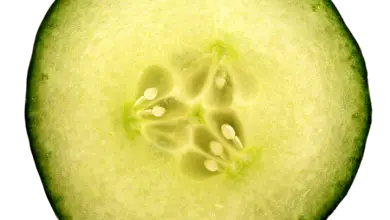
Python is a powerful and versatile programming language that is widely used in various fields such as web development, data science, artificial intelligence, and automation. One of the key features of Python that makes it so popular is its support for object-oriented programming (OOP). In this article, we will take a deep dive into Python classes, one of the fundamental concepts of OOP in Python.
A class in Python is a blueprint for creating objects. It defines the properties and behavior of objects of that class. To create a class in Python, you use the keyword `class` followed by the class name. Here is an example of a simple class in Python:
“` python
class Dog:
def __init__(self, name, age):
self.name = name
self.age = age
def bark(self):
print(f”{self.name} says woof!”)
# Creating an instance of the Dog class
my_dog = Dog(“Buddy”, 3)
# Calling the bark method on the instance
my_dog.bark()
“`
In the example above, we defined a `Dog` class with two attributes, `name` and `age`, and a method `bark` that prints the dog’s name followed by “says woof!”. We then created an instance of the `Dog` class called `my_dog` and called the `bark` method on it.
One of the key features of Python classes is the `__init__` method, also known as the constructor. This method is called when an instance of the class is created and is used to initialize the object’s attributes. In the `Dog` class example, the `__init__` method takes two parameters, `name` and `age`, and assigns them to the object’s attributes.
Another important concept in Python classes is inheritance. Inheritance allows you to create a new class based on an existing class, inheriting its attributes and methods. Here is an example of a `Poodle` class that inherits from the `Dog` class:
“` python
class Poodle(Dog):
def __init__(self, name, age, color):
super().__init__(name, age)
self.color = color
def bark(self):
print(f”{self.name} says yip yip!”)
# Creating an instance of the Poodle class
my_poodle = Poodle(“Fido”, 2, “white”)
my_poodle.bark()
“`
In the `Poodle` class example, we defined a subclass `Poodle` that inherits from the `Dog` class. We used the `super()` function to call the `__init__` method of the parent class and initialize the `color` attribute specific to poodles. We also defined a new `bark` method for the `Poodle` class that overrides the `bark` method in the `Dog` class.
Python classes are a powerful tool for organizing and structuring your code, making it more modular, reusable, and easier to maintain. By understanding and mastering Python classes, you can unleash the full power of Python and take your programming skills to the next level. So dive deep into Python classes and start creating your own custom objects and classes to solve complex problems and build amazing applications.






